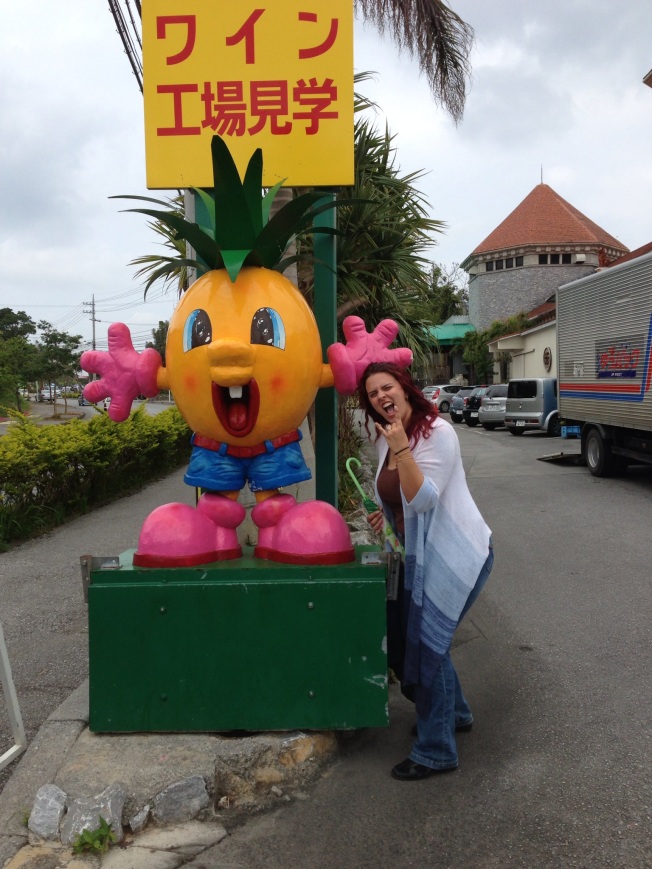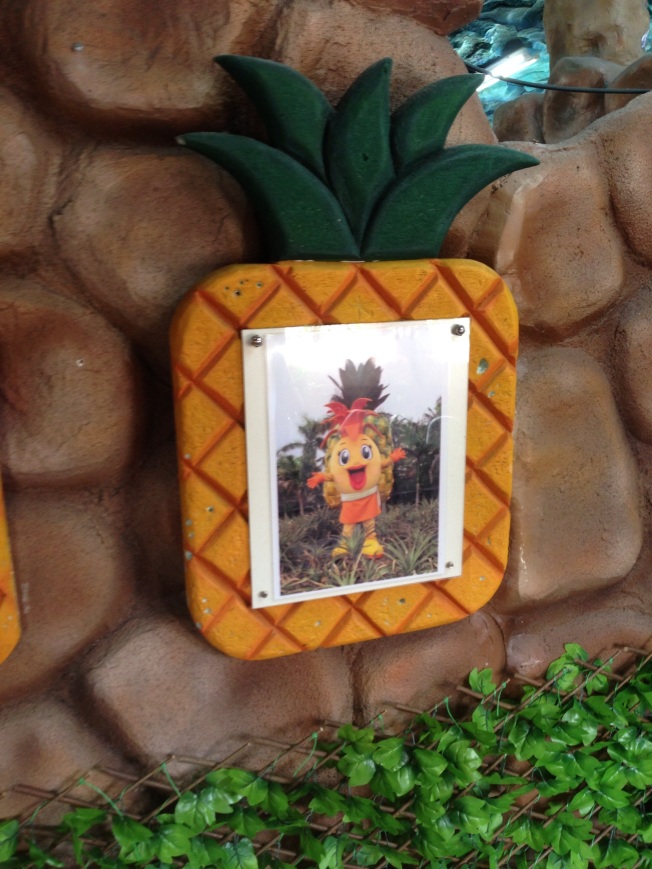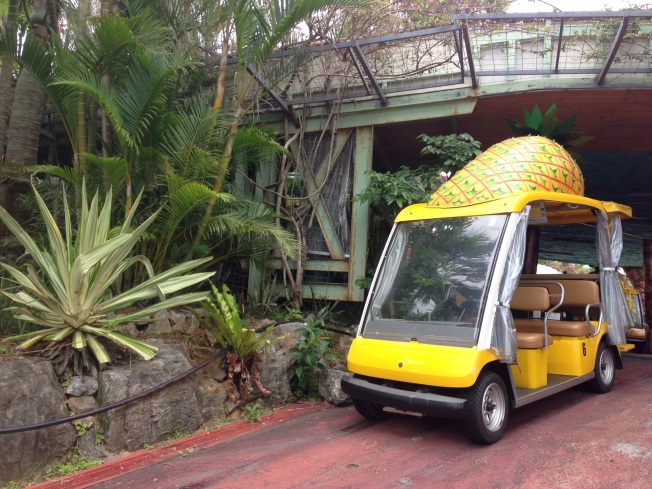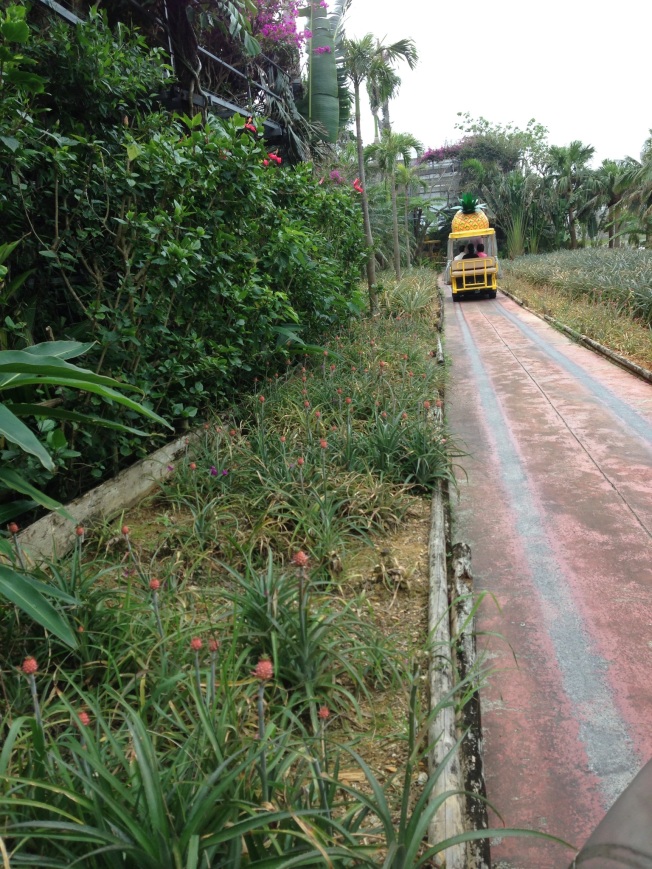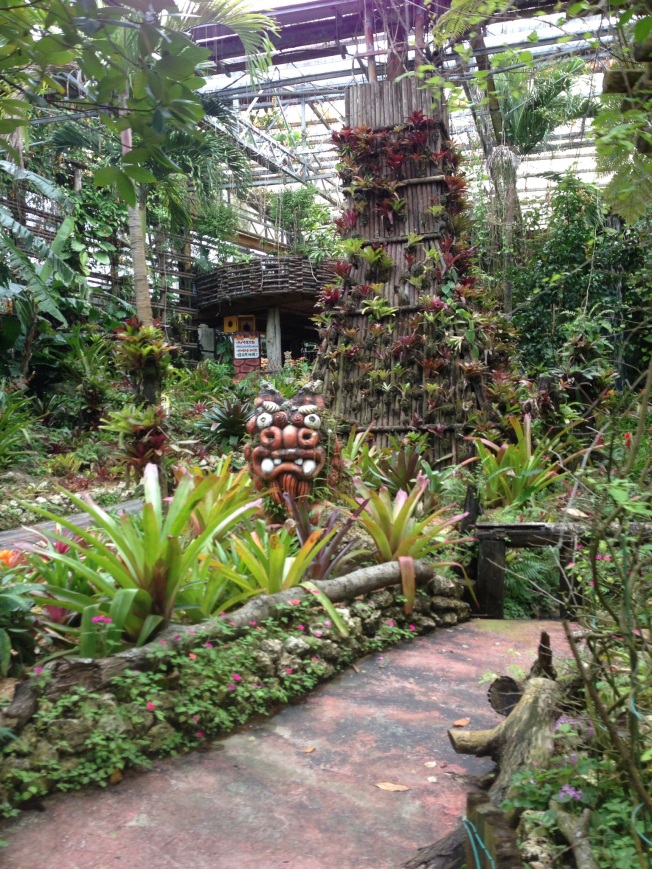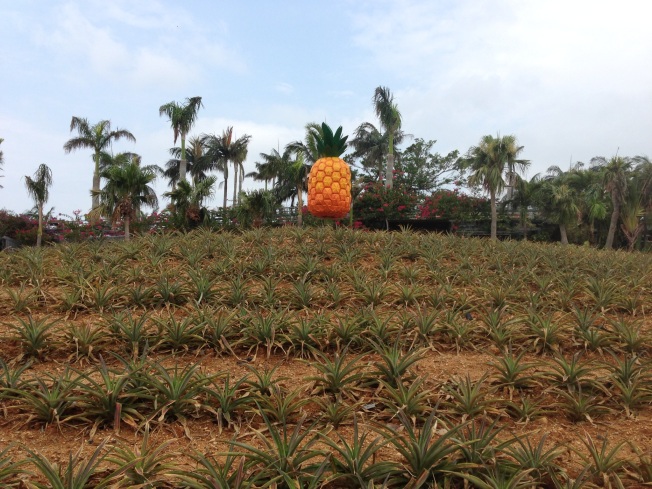What you probably already know:
If you've found yourself researching Japanese toilets you've probably become familiar with two types of toilets the first being the squat toilet and the second being the electric toilet. First and foremost let's
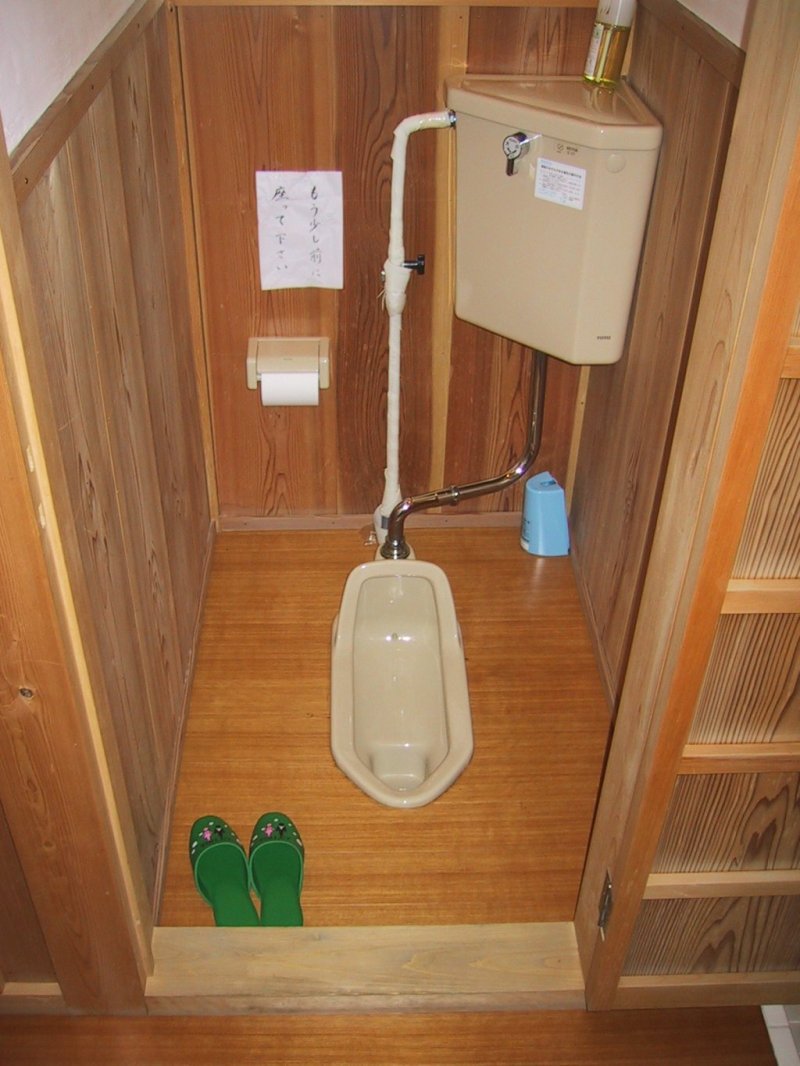 take a moment to talk about the squat toilet . The squat toilet is something which could be considered "traditional" or "old fashioned" by some but is still very common today throughout Japan in modern buildings to include tourist attractions and shopping centers. This type of toilet is used by squatting over it which can be great because no contact is made with the actual toilet itself, however, if you have any sort of trouble squatting or suffer from any type of injuries to your hips of knees (like I do) then this toilet can be a nightmare. They are also not often as clean as other toilets because despite being "traditional" in nature I am not convinced that Japanese people actually know how to properly use these squat toilets or prefer to use them. This could honestly be one of those things they keep around to see how tourist react as far as I am concerned because to this day I have never seen a Japanese person actually go into one of these stalls willingly.
take a moment to talk about the squat toilet . The squat toilet is something which could be considered "traditional" or "old fashioned" by some but is still very common today throughout Japan in modern buildings to include tourist attractions and shopping centers. This type of toilet is used by squatting over it which can be great because no contact is made with the actual toilet itself, however, if you have any sort of trouble squatting or suffer from any type of injuries to your hips of knees (like I do) then this toilet can be a nightmare. They are also not often as clean as other toilets because despite being "traditional" in nature I am not convinced that Japanese people actually know how to properly use these squat toilets or prefer to use them. This could honestly be one of those things they keep around to see how tourist react as far as I am concerned because to this day I have never seen a Japanese person actually go into one of these stalls willingly.The second type of toilet which is known for being popular in Japan is the electric toilet. This is easily identifiable by the 10 to 30 buttons available both on the toilet seat and sometimes on the wall. These toilets will spray, mist, air dry and even sing while you do what you have to do. They can be found in a number of places as well. Although there isn't really anything scary about these electric toilets they can be a bit of a challenge for parents with young children who are now using the "big girl/boy potty" and like to push buttons. I say this because little bums don't cover the area which would normally be covered by big bums and sometimes this can result in mommy coming out of the bathroom covered with water.
The awesome stuff you probably don't know:
So we know about the toilets but there are also some other pretty awesome things about Japanese public restrooms that you probably didn't know. First and foremost the cleanliness needs to be mentioned. It's safe to say that most public restrooms you visit in Japan will be the cleanest that you have ever been to. The floor is usually dry, it doesn't stink to high heavens and you're not going to look like you spilled water on your lap if you accidentally bump into the sink. For me this is one of the things that I absolutely love about Japanese public restrooms.
For the fashionistas out there you might even find that in public restrooms located in large shopping complexes the stalls are outfitted with changing stations. This is a small fold down platform which you can stand on while changing outfits. I first saw this in Tokyo while in Sunshine City but then a few years later its way down to shopping centers here in Okinawa.
Parent's also have some special features they can take advantage of in public restrooms for when nature calls. One that I imagine would be most useful is a child seat which is located in the corner of the bathroom stall. This small seat unfolds offering you a safe place for you to set your child while you take care of yourself. At least one of these stalls can be found in almost every public restroom. Potty training children or those who are trained but have small bums don't have to worry about falling in as they have a special seat which is child size and can be folded down over the adult size toilet seat. You might even find a child size urinal in the restroom (both mens and women's).
Something else that is pretty awesome, at least I think so, is the use of co-ed bathrooms. These can usually be found at convenience stores where there is a women's restroom as well as a men and woman's restroom. This give women the option of using either of the toilets but unfortunately doesn't offer much for men. . . sorry guys. This is great for cutting down wait time for the restroom when 3 or 4 women are in line but don't want to use a toilet because men happen to go in there. I on the other hand could care less.
Some not so great stuff you probably don't know:
Like everything else in life public restrooms in Japan have their negatives. One of the things that I find not so great about public restrooms in Japan is the size of the stalls. Although some stalls are large like you might find in the US it is not uncommon to see stalls which are smaller than your average airplane bathroom. What do I mean by small? So small that you have to stand on one side of the stall just to get the door open because there is only about an inch or two of clearance between the door and the toilet bowl. The worst part about these small stalls in my opinion is because there is just no room. It's like all you can do is stand up and turn around.
Another thing that is not so great about public restrooms here in Japan is the lack of paper towels. Don't get me wrong it's true that there are hand dryer machines in some bathrooms around Japan but there are also some without hand dryer machines or paper towels. This usually leaves you with your wet dripping hands wondering what to do next. Do I wipe them on my pants and look like a mess or just walk out of here hands dripping? At times like these I usually find it helpful to bring along a towel of my own. Not only is it something I have on hand during the summertime for various reasons but as a last resort it can be helpful in this type of situation as well.
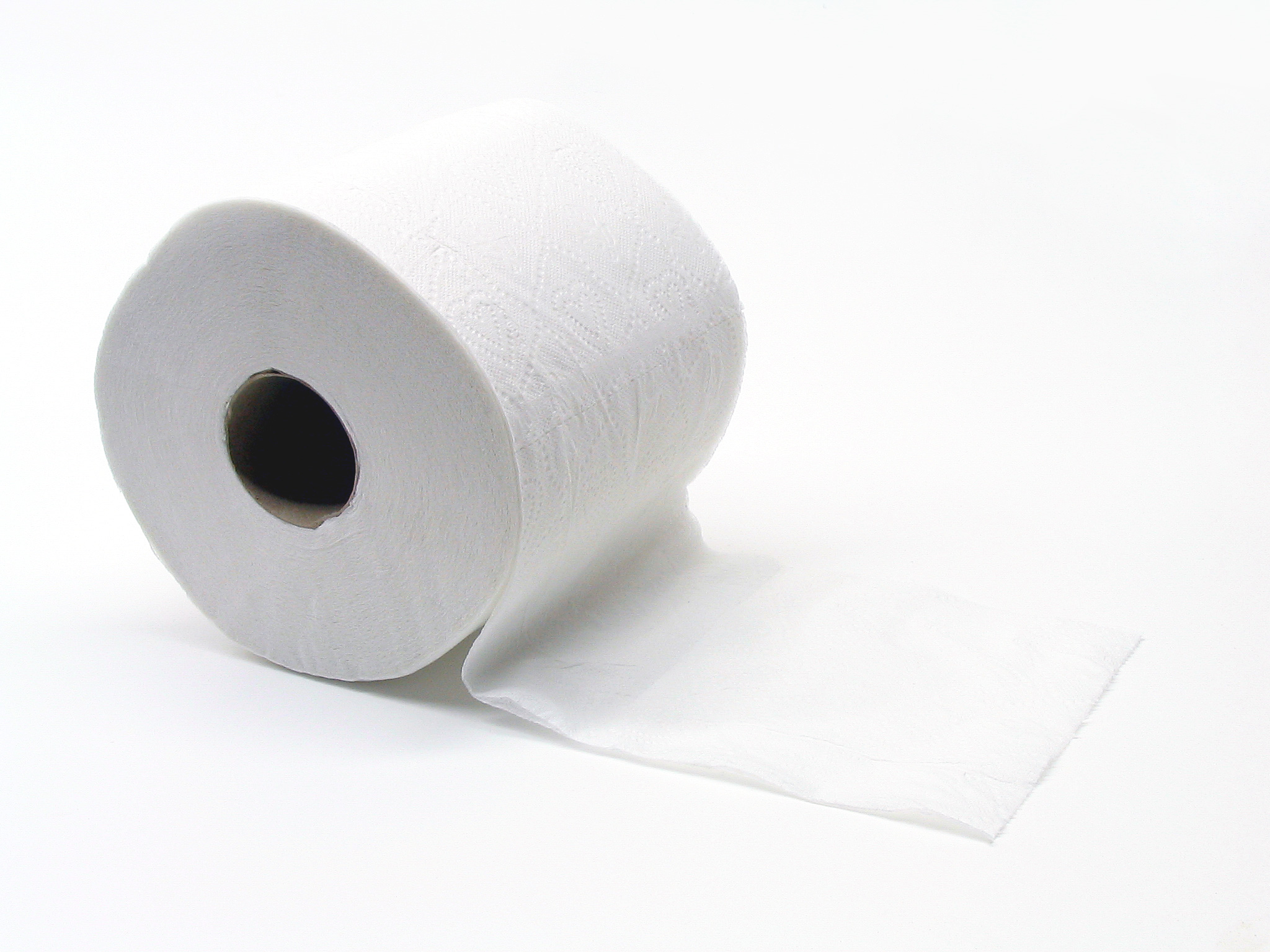
Finally is the toilet paper. For some reason public restrooms in Japan like to stock up on one ply toilet paper which can make life. . . unpleasant. This is one of the reasons that if I am out for a long day of exploring or traveling I like to bring some toilet paper of my own. Now I realize that this might sound crazy to some of you out there trust me it makes long trips out and about much more enjoyable and worry free especially if you're going to less traveled places where toilet paper might not be accessible.
The Love Hate Relationship
When all is said and done I have a love hate relationship with Japanese public restrooms. There are some really good things about them and then some not so good things. At the end of the day when you gotta go. . . you gotta go!
